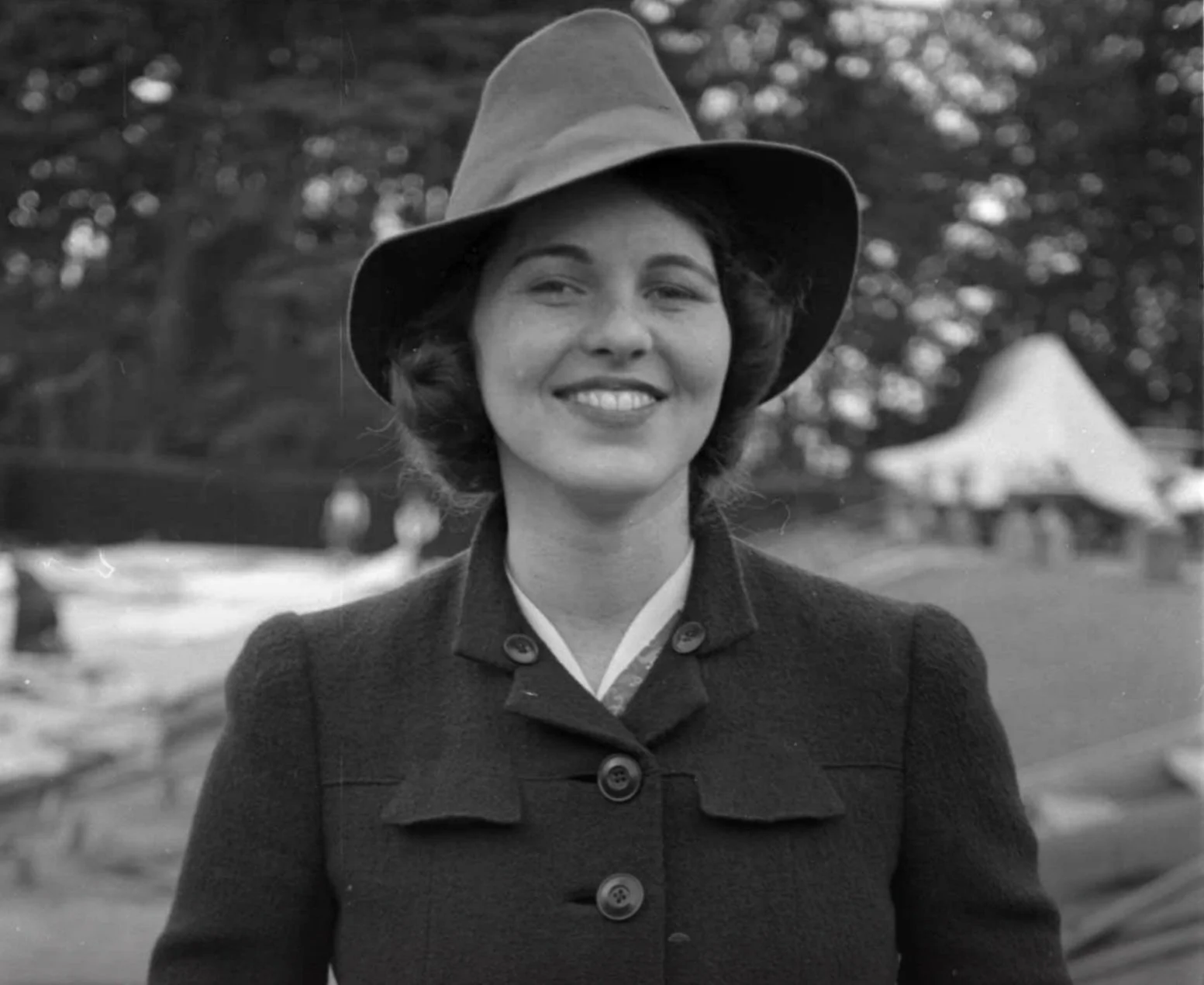I was introduced to the powerful story of Rosemary Kennedy by a chance recommendation from the YouTube algorithm. This certainly kindled my interest in the history of lobotomies and, to put them in their wider context, the shift between surgery to pharmacology and onwards.
All in History
The QM-glomerate: Remembering Westfield
Have you ever heard of the Westfield College? I doubt it, as in all material senses, it no longer exists. It was set up in 1888 and was the first college to aim to educate women for University of London degrees.
Retrospect: What should we do about Jack the Ripper?
For those unfamiliar with Whitechapel, it is likely that the name ignites imagery of glooming gas lit alleyways in a crime laden, poverty stricken, Victorian London.
Rethought, Dr James Barry
The complex story of Dr James Barry was initially presented to me in an arguably oversimplified package. The first female doctor, forced undercover by a patriarchal and unaccepting society, to become an incredibly talented and highly esteemed military surgeon, all the while maintaining secrecy until the end.
What’s in a name? BL Identity Crisis
What should it matter what a medical school is called? This is a question I’ve been forced to ask myself recently - in the face of the forced rebrand of our medical school - and I’ve had to conclude that ideally, it seems as if it shouldn’t matter.
A Rakes Progress
Here’s a taster. The very first patient I had to examine the next year, resplendent in a white coat that didn’t smell of chip fat, (me, not the patient), seemed quite well, but I just couldn’t find a pulse and I had read the early parts of Hutchinson’s how to do everything. What sort of trainee doctor cannot take a pulse?
Learning from Sir Joseph Rotblat
In 1970, as a callow seventeen-and-a-half-year old, I first set foot in Charterhouse Square in black cord jacket, old school tie and desert boots, the fashion at the time. I expect I was wearing trouserings of some sort and I was carrying an overlarge brief case my dear mother had given to her doctor to be. I stepped into the formidable presence of Professor Rotblat who interviewed all of his 1st M.B. students personally.
Who Watches the Watchmen?
As Barts approaches its 900th Anniversary in 2023 there’s a great deal happening in the oldest part of the hospital to help make its history more relevant than ever to the needs of the 21st century.
A Human Scientist: Sir Joseph Rotblat
Most medical students will recall having Global Health lectures based at the Joseph Rotblat Building in Charterhouse Square. And indeed, it is a shame that many of us have never stepped foot in a building named after one of the six Barts Nobel Laureates.
A Discovery in Tragedy: Sir Archibald Garrod
If an institution is to legitimately count its Nobel Laureates as a measure of its status, it must do so by turning a blind eye to the many scores of alumni and faculty who were never recognised with such an honour, whether because they lived in the wrong era or achieved excellence in the wrong field. And then there are those who were simply ignored, such as Sir Archibald Garrod.
An Impulsive Genius: Sir Ronald Ross
With six Nobel Laureates attached to its name at one point or another, St Bartholomew's Hospital Medical College has a healthy track record when it comes to picking up Nobel Prizes. It should not come as a surprise. While we cannot boast the ruthless efficiency with which Oxbridge churns them out (nor LSE’s knack for collecting the misfit ‘Nobel’ Prize in Economic Sciences), we did get there first and have been winning them since day one. Or at least day two.
A Shared Laboratory: Sir Henry Hallet Dale & Sir John Vane
If the question was posed, what do all six winners of the Nobel Prize associated with the St Bartholomew’s Hospital Medical College have in common, what would one’s answer be?
The Students of Belsen
As the end of the Second World War slowly approached, the people of Europe were left facing the effects of a war which had ravaged the Continent for over five years.
A Window Into Whitechapel
To some, stained glass is an archaic art form. To most, stained glass is not an art form at all but a relic of old churches. But among the oddities of Whitechapel Library are these remarkable works of art. If you have ever glanced away from your books, you might notice these radiant windows, each casting its own glow upon the Library and the learners below, blending together as one.














